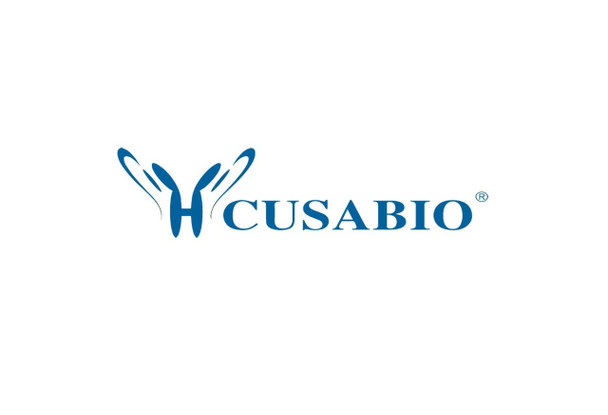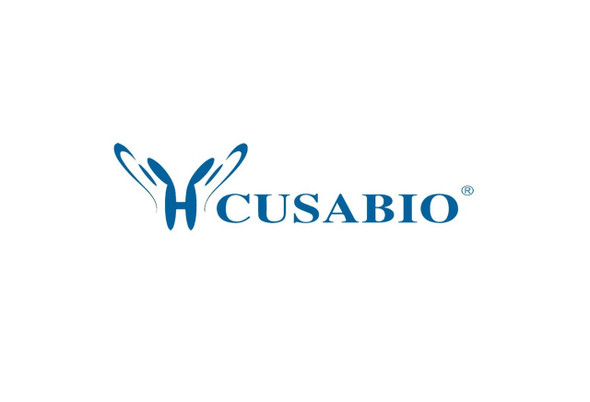Cusabio Vesicular stomatitis Indiana virus Recombinants
Recombinant Vesicular stomatitis Indiana virus Nucleoprotein (N) | CSB-BP319266VBG
- SKU:
- CSB-BP319266VBG
- Availability:
- 28 - 38 Working Days
Description
Recombinant Vesicular stomatitis Indiana virus Nucleoprotein (N) | CSB-BP319266VBG | Cusabio
Alternative Name(s): Nucleocapsid protein (Protein N)
Gene Names: N
Research Areas: Signal Transduction
Organism: Vesicular stomatitis Indiana virus (strain Glasgow) (VSIV)
AA Sequence: MSVTVKRIIDNTVIVPKLPANEDPVEYPADYFRKSKEIPLYINTTKSLSDLRGYVYQGLKSGNVSIIHVNSYLYGALKDIRGKLDKDWSSFGINIGKAGDTIGIFDLVSLKGLDGVLPDGVSDASRTRADDKWLPLYLLGLYRVGRTQMPEYRKKLMDGLTNQCKMINEQFEPLVPEGRDIFDVWGNDSNYTKIVAAVDMFFHMFKKHECASFRYGTIVSRFKDCAALATFGHLCKITGMSTEDVTTWILNREVADEMVQMMLPGQEIDKADSYMPYLIDFGLSSKSPYSSVKNPAFHFWGQLTALLLRSTRARNARQPDDIEYTSLTTAGLLYAYAVGSSADLAQQFCVGDSKYTPDDSTGGLTTNAPPQGRDVVEWLGWFEDQNRKPTPDMMQYAKRAVMSLQGLREKTIGKYAKSEFDK
Source: Baculovirus
Tag Info: N-terminal 10xHis-tagged and C-terminal Myc-tagged
Expression Region: 1-422aa
Sequence Info: Full Length
MW: 51.3 kDa
Purity: Greater than 85% as determined by SDS-PAGE.
Relevance: Encapsidates the genome in a ratio of one N per nine ribonucleotides, protecting it from nucleases. The encapsidated genomic RNA is termed the NC and serves as template for transcription and replication. Replication is dependent on intracellular concentration of newly synthesized N, termed N0, which corresponds to the protein not associated with RNA. In contrast, when associated with RNA, it is termed N. During replication, encapsidation by N0 is coupled to RNA synthesis and all replicative products are resistant to nucleases.
Reference: "Crystal structure of the major histocompatibility complex class I H-2Kb molecule containing a single viral peptide: implications for peptide binding and T-cell receptor recognition." Zhang W., Young A.C., Imarai M., Nathenson S.G., Sacchettini J.C. Proc. Natl. Acad. Sci. U.S.A. 89:8403-8407(1992)
Storage: The shelf life is related to many factors, storage state, buffer ingredients, storage temperature and the stability of the protein itself. Generally, the shelf life of liquid form is 6 months at -20?/-80?. The shelf life of lyophilized form is 12 months at -20?/-80?.
Notes: Repeated freezing and thawing is not recommended. Store working aliquots at 4? for up to one week.
Function: Encapsidates the genome in a ratio of one N per nine ribonucleotides, protecting it from nucleases. The encapsidated genomic RNA is termed the NC and serves as template for transcription and replication. Replication is dependent on intracellular concentration of newly synthesized N, termed N(0), which corresponds to the protein not associated with RNA. In contrast, when associated with RNA, it is termed N. During replication, encapsidation by N(0) is coupled to RNA synthesis and all replicative products are resistant to nucleases (By similarity).
Involvement in disease:
Subcellular Location: Virion, Host cytoplasm
Protein Families: Vesiculovirus nucleocapsid protein family
Tissue Specificity:
Paythway:
Form: Liquid or Lyophilized powder
Buffer: If the delivery form is liquid, the default storage buffer is Tris/PBS-based buffer, 5%-50% glycerol. If the delivery form is lyophilized powder, the buffer before lyophilization is Tris/PBS-based buffer, 6% Trehalose, pH 8.0.
Reconstitution: We recommend that this vial be briefly centrifuged prior to opening to bring the contents to the bottom. Please reconstitute protein in deionized sterile water to a concentration of 0.1-1.0 mg/mL.We recommend to add 5-50% of glycerol (final concentration) and aliquot for long-term storage at -20?/-80?. Our default final concentration of glycerol is 50%. Customers could use it as reference.
Uniprot ID: P11212
HGNC Database Link: N/A
UniGene Database Link: N/A
KEGG Database Link: N/A
STRING Database Link: N/A
OMIM Database Link: N/A






